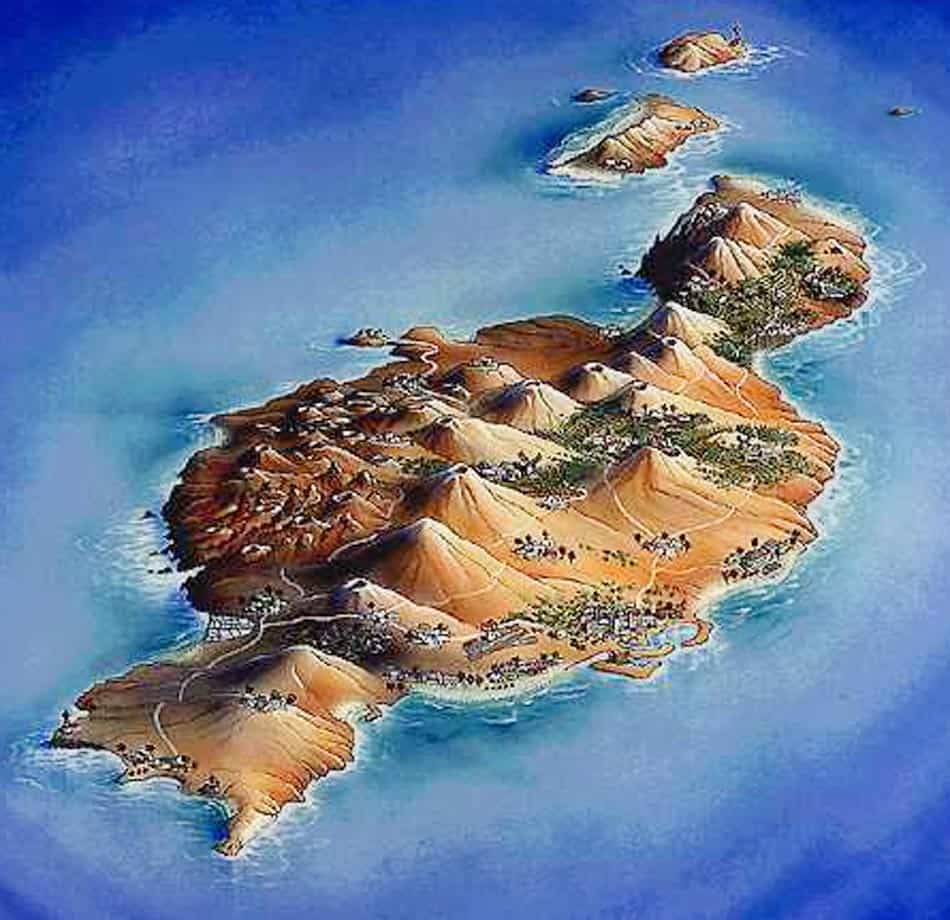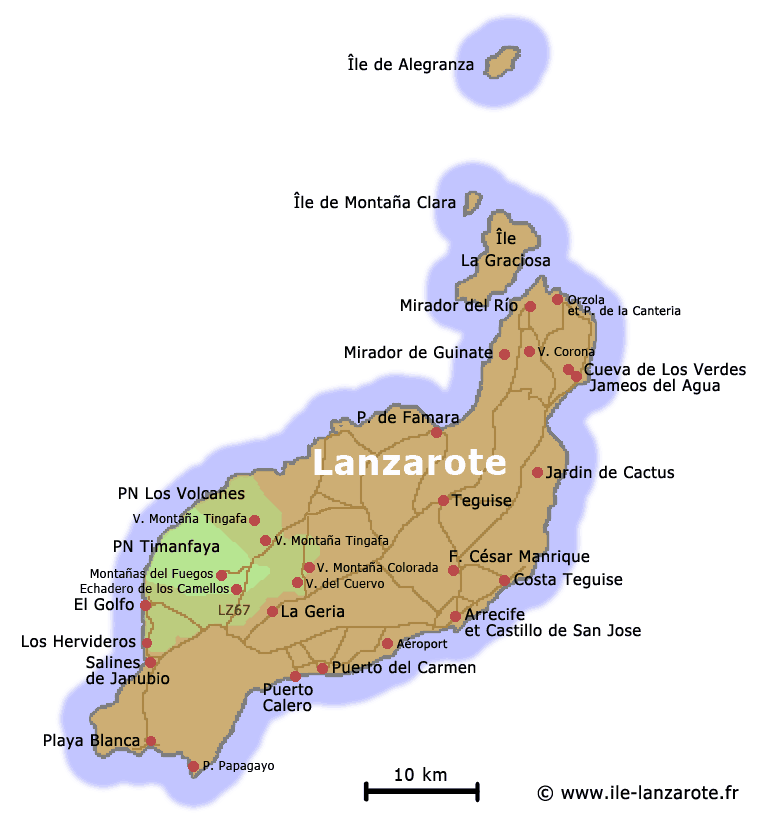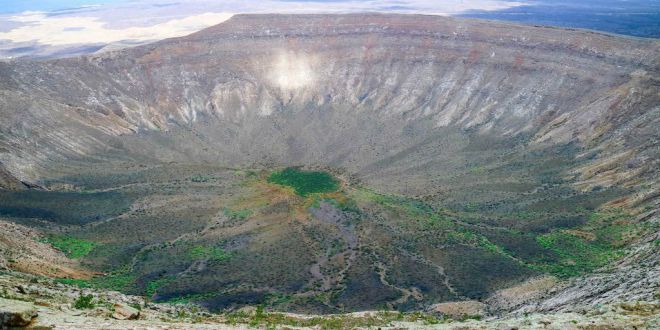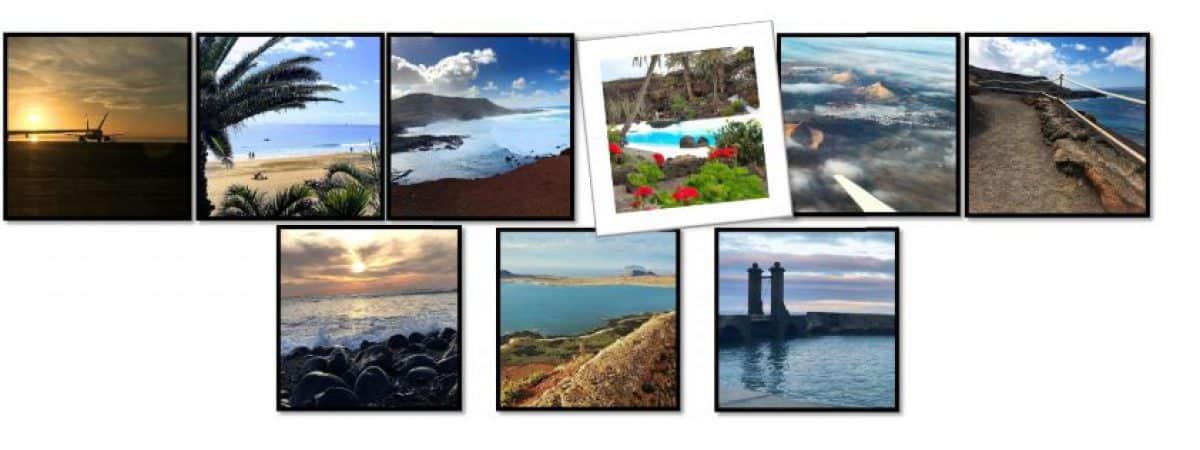This post is also available in:  Español (Spanish)
Español (Spanish)
Get to know the Natural Park of the Volcanoes in Lanzarote with First Minute Transfer and discover one of the wonders that this island offers to tourists. And if you’re thinking about taking a trip but don’t have any destinations planned yet, this is certainly a place to consider.
The Canary Island that protects the biosphere
Lanzarote is an island known for its stunning landscapes and natural parks, as well as the unique wildlife that inhabits them. The flora is scarce, yet fascinating.
That’s why in 2013, an action plan called the Lanzarote Biosphere Plan was drawn up. Its mission is to care for and protect the island’s natural spaces and ecosystems, ensuring their preservation for future generations.
As part of this plan, the following natural parks in Lanzarote are protected:
- Timanfaya National Park.
- Chinijo Archipelago Natural Park.
- Natural Park of the Volcanoes – the one we’ll explore today.

Get to know the Natural Park of Los Volcanes in Lanzarote
Thanks to its rare volcanic formations made of solidified lava, this park is one of the most incredible and interesting areas in all of Lanzarote. It features volcanic cones, lava tunnels, solidified lava lakes, and natural kilns scattered across its dramatic landscape.
Location and Size of the Park
The park is located between the municipalities of Tías, Tinajo, and Yaiza. It was officially declared a National Park on 19 June 1987 and borders the Timanfaya National Park. Covering 10,158 hectares, it is best accessed from Tinajo, although you can also enter from Yaiza.
In addition to its National Park status, the area is recognized by UNESCO as a Biosphere Reserve and has been designated a Geopark. Its volcanic and lunar landscape is the result of the island’s most recent volcanic eruptions.
Geological History and Notable Eruptions
The park’s unique landscape is the result of major volcanic eruptions that occurred between 1730 and 1736, and later in 1824. These events created the extensive lava fields that define the park today. Throughout this volcanic terrain, you’ll find formations of significant scientific and touristic interest—volcanic cones, lava tunnels, and lakes of solidified lava.
Vegetation is scarce, especially in newer lava fields. However, older areas support up to a thousand species of lichens—algae covered by fungi that survive by retaining moisture.  As shown on the map, the Volcanoes Natural Park is located very close to Timanfaya.
As shown on the map, the Volcanoes Natural Park is located very close to Timanfaya.
Activities and Hiking Routes
Among the most requested and interesting excursions in Lanzarote is trekking through the Volcanoes Natural Park—one of the top experiences for tourists. The island’s penultimate eruptions covered a third of its surface. As a result, they formed the very paths you walk today en route to Timanfaya.
These two parks share a border, making the hike even more captivating. Along the way, you’ll encounter native reptiles and birds. It’s a magical experience that shouldn’t be missed. You’ll also learn about Lanzarote’s volcanic activity, the history of its eruptions, and how lava shaped the terrain.
Hiking Above the Highest Volcano
Caldera Blanca is the highest volcano on the island and is located in the Los Volcanes Natural Park. Its highest point reaches 458 metres to the southwest of the crater, which itself measures 1,200 metres in diameter—making it the largest on the island.
This volcano is part of one of the official hiking routes and spans 9.6 kilometres. The route takes around three to four hours to complete. Climbing and circling the crater is a spectacular experience.
You’ll witness the surrounding lava sea and pass by the smaller La Caldereta volcano on the way—so low, you can view its crater without even climbing.
Birdwatching and Biodiversity
Reptiles and birds are the most commonly seen animals in the park—especially seabirds. This is a designated special bird protection area. Birdwatchers can spot species such as the Audouin’s gull, bar-tailed godwit, common kestrel, and common swift.
The best times to observe migratory birds are from March to June and from September to November. In summer, you may still see resident species that inhabit the island year-round. 
The Wonders of the Natural Park of the Volcanoes
Monumento Natural de la Corona
This area, located in the northwest, is home to species that have evolved in the darkness of volcanic tubes. It features malpaís terrain, lava flows, and other volcanic formations.
Monumento Natural de Los Ajaches
This is Lanzarote’s oldest geological formation. Fossils and artefacts from the Palaeolithic period have been discovered here.
Protected Landscape of La Geria
Formed by volcanic remains, this area has adapted beautifully to cultivation. It is home to the island’s most important vineyards, where Malvasia grapes are grown in a semidesert climate.
Site of Scientific Interest: Janubio
Here you can witness the integration of human activity and nature. It is an important site for migratory bird conservation.
Protected Landscape of Tenegüime
Located in a ravine, this site is home to numerous plant formations and endemic birds that have adapted to the local conditions.
Site of Scientific Interest: Jameos
This stunning area consists of volcanic tubes, partially flooded by seawater. The fauna here have evolved to survive in complete darkness.
Visitor Information
How to Get There and Main Access Points
Guided tours are available, but you can also visit independently by taking the LZ-703 from Playa Blanca or the LZ-67 from Timanfaya.
There are parking areas near the main entrances, so it’s easy to visit by car. However, it’s best to arrive early, especially in peak season. You can also access the park from Tinajo. Entry is completely free.
Visitor Rules
As a protected area, the park has some essential rules:
- Stay on marked paths and follow all signage.
- No fires or smoking allowed.
- Do not collect rocks, minerals, or plants.
- Respect wildlife—do not disturb animals.
- Use designated bins and recycling points—do not litter.
Recommendations for Hikers
- Wear proper footwear: Sandals or shoes without protection are not suitable. The terrain is uneven and shaped by lava.
- Prepare for sun and wind: Bring sunglasses, a hat, and a scarf or bandana to protect your neck from the breeze and sun.
- Bring water: There are no water sources inside the park, so make sure to carry enough with you.
- Avoid walking on lava seas: The surface can be sticky and uncomfortable for hiking.
For more information, you can call Timanfaya National Park at 928 118 035 or 928 118 049. Contact us and get to know the Natural Park of Los Volcanes in Lanzarote. Without a doubt, it will make your experience on the island unforgettable. “` Let me know if you’d like this formatted for WordPress, turned into a PDF, or if you’d like an image to go with the article.
This post is also available in:  Español (Spanish)
Español (Spanish)
